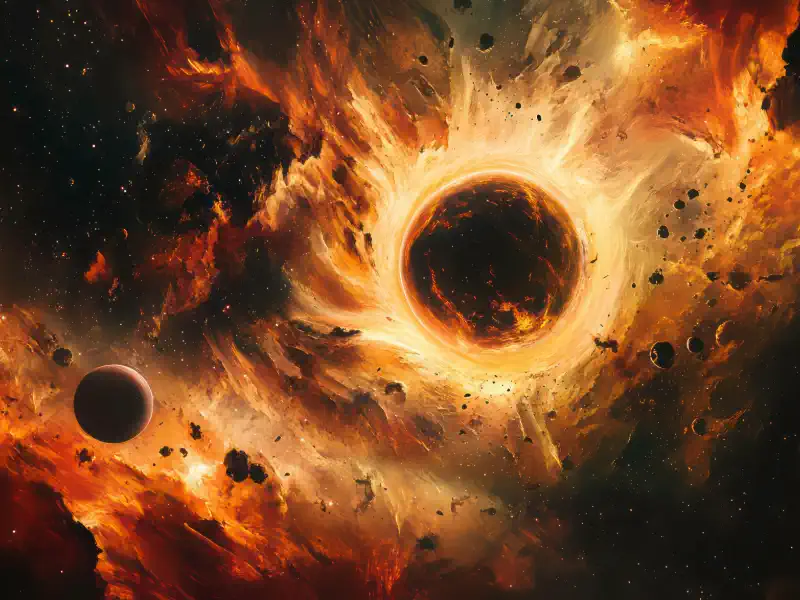
In an electrifying cosmic event, a powerful X1.1 solar flare erupted from Active Region 3936 at 07:18 UTC this morning. While this celestial explosion dazzled astronomers worldwide, it also triggered excitement about a possible Coronal Mass Ejection (CME) that could reach Earth as early as December 31, just in time for the New Year celebrations!
Historically, solar flares of this magnitude can significantly impact Earth's magnetosphere, resulting in breathtaking auroras and even disruptions to satellite communications. The solar storm began at 07:08 UTC and concluded by 07:34 UTC, showcasing energetic bursts that once again highlight the dynamic nature of our sun.
NASA's LASCO imagery revealed two CMEs following the today's solar eruptions, with promising initial analysis indicating at least one has a likely Earth-directed trajectory. As Active Region 3936 continues to rotate towards the western limb of the sun, the potential for further strong eruptions is still present, keeping space weather experts on alert.
In the lead-up to the New Year, solar activity is expected to remain robust, with forecasts suggesting a 70-75% likelihood for additional M-class flares and a 20-25% chance of seeing even more intense X-class outbursts. Notably, radio frequencies are predicted to be compromised over regions such as the Indian Ocean during solar bursts—making it crucial for those depending on radio communications to stay vigilant.
Stay tuned as we continue to monitor the impact of this event. The cosmic fireworks could provide a spectacular show—perhaps the most memorable way to usher in the New Year!
Keep following us for real-time updates and detailed analyses regarding this thrilling solar activity!
Geomagnetic storm January 2025